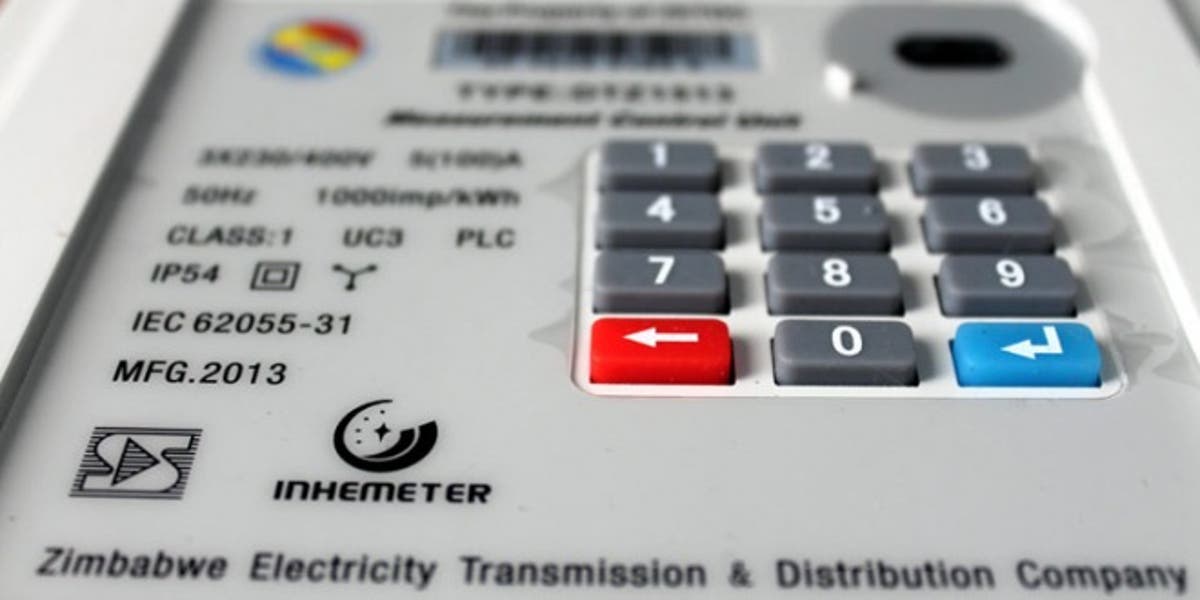Big jump in electricity tariffs on the cards
Power consumers in Zimbabwe should brace for a substantial increase in electricity price after the Government said it will adopt a cost recovery tariff in 2022 to allow ZESA to raise enough money to maintain its generators and invest in new projects.
This comes as ZESA, which generates over 90 percent of the country’s electricity needs has raised concerns over sub-economic tariff, saying it is crippling its operations.
Finance and Economic Development Minister Professor Mthuli Ncube said a costreflective tariff was in line with the Government’s decision to streamline subsidies.
“ZESA requires a tariff level that provides for maintenance of existing infrastructure, as well as investments in new capacity,” said Minister Ncube in his 2022 National Budget presentation.
“While efforts are underway to improve on governance, Government’s thrust is to achieve cost recovery tariff in 2022, guided by the cost-of-service study (CoSS) findings by the World Bank. This is also in line with Cabinet’s decision to streamline subsidies.”
Last week, the Government said it was barring unbudgeted subsidies with outlays now limited on expenditure that has been budgeted for. Unbudgeted spending had previously undermined the effective implementation and control of the budget.
In the past, major areas contributing to unbudgeted expenditures included subsidies in the form of support prices for farmers and bailing our struggling parastatals.
ZESA executive chairman Dr Sydney Gata said the non-reflective tariff was choking the operations of the power utility.
“In addition to aging infrastructure, the obtaining electricity shortages in the country is being caused by a combination of factors which include non-cost reflective tariff, high debtors book, and liquidity challenges,” Dr Gata told our sister publication, The Sunday Mail recently.
In October 2019, the Government introduced a tariff indexation formula that aligns power tariffs to movements in inflation and foreign currency exchange rate. Under the system, tariffs are supposed to be reviewed each time inflation and exchange rate move by more than 10 percent.
However, the official exchange rate has been largely stable since the beginning of the year, creating a huge disparity with black market rates. At the current rates, ranging between $190 and $200:US$1, the cost of the 200 unit package used by many households, now costs less than US$10.
ZESA alongside the National Railway of Zimbabwe, TelOne, and Zimbabwe National Road Authority is among State-owned entities, which are technically insolvent.
Zimbabwe’s local electricity generation for the period to September 2021 stood at 6 237,16 GWh.
The level of output, which was supplemented by imports, was insufficient to meet the requirements of the economy. In 2022, electricity generation is projected to grow by 5,4 percent underpinned by ongoing rehabilitation and expansion projects, as well as the coming on board of new Independent Power Producers.
In the 2022 National Budget, the Government allocated $3,9 billion to the Ministry of Energy and Power Development.
This will also be complemented by development partner support projected at US$30 million towards various projects and initiatives in the energy sector in 2022. Of this amount, US$13,4 million from the African Development Bank, will support ongoing works on the construction of 132 KV Alaska-Karoi Power Transmission line, while US$5,9 million is earmarked for the rehabilitation of Kariba Dam.-eBusiness Weekly











